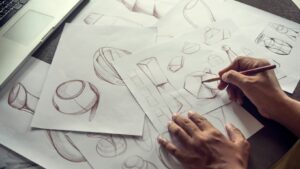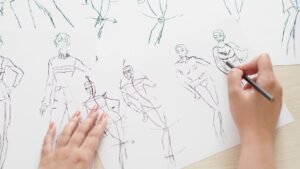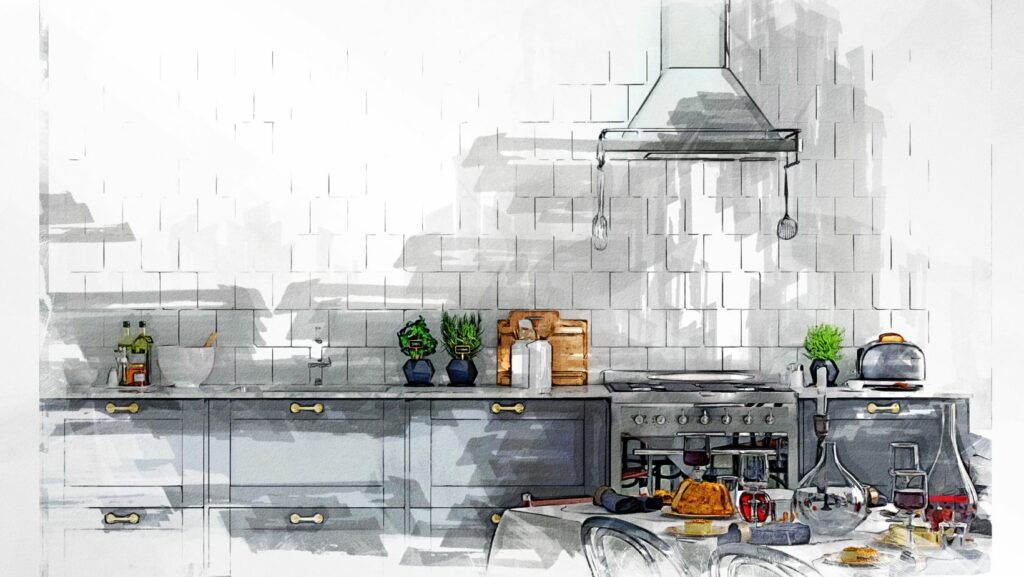Sketch drawing is a timeless art form that captures the essence of creativity and expression. It’s the foundation of visual art, where artists translate their ideas onto paper with just a pencil and a piece of paper. Whether you’re a seasoned artist or a beginner, sketching offers a unique way to explore and refine artistic skills.
The beauty of sketch drawing lies in its simplicity and versatility. Artists can experiment with different techniques, from quick, loose sketches to detailed, intricate designs. This art form allows for spontaneity and freedom, encouraging artists to let their imagination flow without constraints. Sketching enhances observational skills and serves as a therapeutic outlet for many.
In a world where digital art is on the rise, sketch drawing remains a cherished practice for those who appreciate the tactile experience of creating art by hand. It’s a powerful tool for capturing fleeting moments and bringing ideas to life.
Sketch:mdtyqobiura= Drawing

Sketch drawing involves the creation of quick, loose illustrations that capture the essence of a subject rather than detailing it fully. Artists use sketch drawing to plan larger works or as a standalone art form. Pencils, charcoal, and ink are common tools for sketch drawing, offering a wide range of texture and depth. This art form celebrates spontaneity, allowing artists to explore different concepts quickly. Similarly, innovations in art tools and techniques reflect broader market insights, as technology continues to reshape the creative industry.
Sketch drawing holds significance in art education, serving as a training ground for mastering proportions, perspective, and anatomy. By engaging in sketch drawing, artists develop observation skills and improve their ability to depict movement and light. Many renowned artists maintain sketchbooks as part of their creative process, using sketch drawing to evolve ideas and experiment with new techniques. The accessibility of sketch drawing fosters creativity across varying skill levels, making it an essential part of artistic practice.
Materials Needed for Sketch:mdtyqobiura= Drawing

Sketch drawing requires essential materials to enable artists to capture subjects effectively. Pencils vary in hardness and darkness, from H to B grades, providing diverse shading options. Artists often use sketchbooks with quality paper suitable for different mediums. Charcoal offers rich, deep lines and enables varied textures. Blending stumps smooth transitions and soften edges in sketch drawing. Erasers, both kneaded and vinyl, allow for precise corrections and highlights. Ink pens add fine details and permanence to artworks. Additional materials include rulers for perspective accuracy and fixative spray to preserve sketches. Investing in these materials enhances the sketch drawing experience, facilitating creativity and exploration.
Techniques in Sketch:mdtyqobiura= Drawing

Artists employ varying techniques in sketch drawing to create expressive works. Cross-hatching uses intersecting lines to develop texture and depth. This method enhances contrast and shadow in sketches, often with pencils or ink. Gesture drawing focuses on capturing movement and dynamics, utilizing quick, fluid strokes to convey an action’s motion. Contouring emphasizes a subject’s outline, employing continuous lines to define shape and form without shading. Negative space drawing highlights the areas around a subject, helping to refine composition and perspective in sketch drawing. Stippling involves applying small dots to generate shading and gradients, creating intricate textures. Perspective sketch drawing techniques, like one-point and two-point perspective, play a crucial role in depicting space and dimension accurately. Employing these techniques enriches a sketch drawing, offering a range of styles and effects for both novice and experienced artists to explore.
Styles of Sketch:mdtyqobiura= Drawing
Sketch drawing remains a timeless art form that bridges creativity and skill. Its adaptability allows artists to explore various styles and techniques, each offering unique opportunities for expression. Whether it’s the intricate lines of cross-hatching or the fluidity of gesture drawing, sketching encourages artists to push boundaries and experiment with new ideas.
The tactile nature of sketching provides a refreshing contrast to digital art, offering a hands-on experience that many artists find rewarding. As they continue to hone their craft, artists can rely on sketch drawing to refine their skills and expand their creative horizons. Embracing the simplicity and depth of sketch drawing can lead to endless possibilities in artistic expression.



